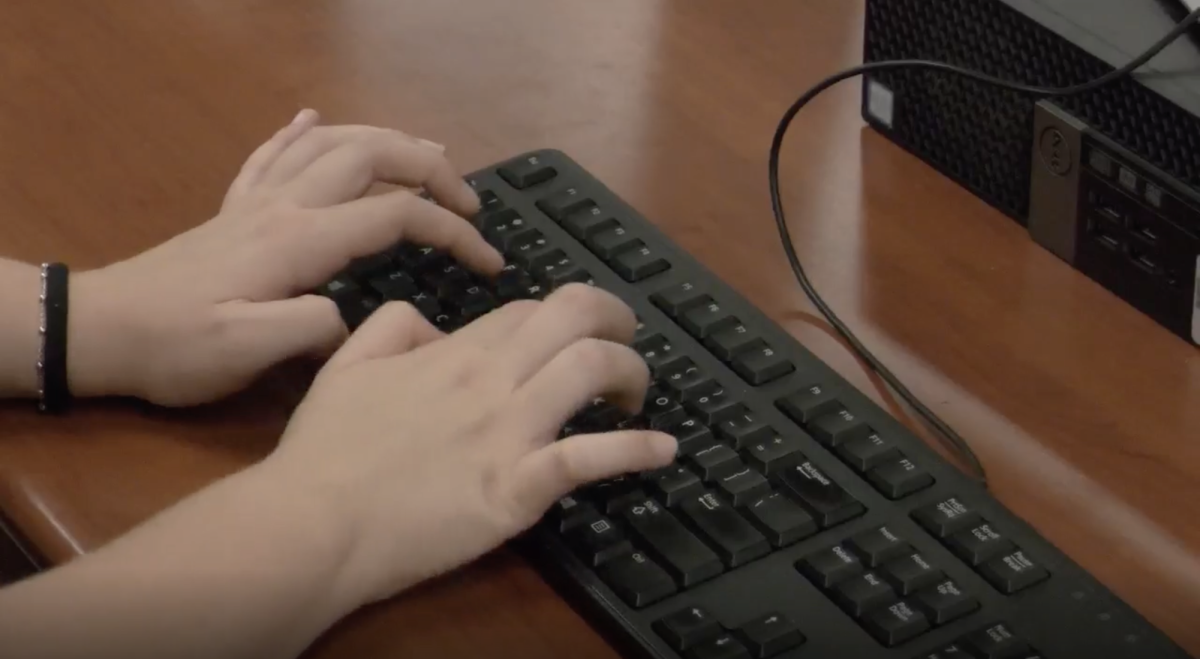Sept. 30 is the expiration date for a very crucial program in our nation: the Child Nutrition Act. Built on the foundation of the National School Lunch Program in 1946, this act has insured the health and nutrition of low-income children.
Every five years, Congress must reauthorize the Child Nutrition Act. This year the program faces changes that could negatively impact millions of children. Child Nutrition Reauthorization (CNR) is critical not only for the health of children in the school system presently, but also the eating habits of future generations.
“Eating patterns are set when we’re young and 31 million kids eat federally assisted school lunches,”said New York Times reporter Mark Bittman. “The school lunch program is more than just an opportunity to feed hungry kids. It’s an opportunity to shape how kids—and grownups— will eat in the future.”
Schools participating in this program are required to place a serving of fruits and vegetables on each plate, demonstrating what a well-rounded meal looks like. It is an indirectly educational experience for students who may not have the privilege of a balanced diet. Including these servings of healthy foods discourages bad eating habits.
The School Nutrition Association is petitioning for a more lax rule book for the lunch room. The association wants to remove the requirement for serving whole grains, fruits and vegetables. In addition, they want to halt further sodium reductions.
Bittman attacked this suggestion, saying, “Given what we now know about the effect bad eating habits have on our health, that’s nothing short of criminal.”GOP lawmaker from Indiana Todd Rokita tried to address the program from a student’s point of view.
“The over regulation of what kids eat and how their meals are prepared is too tedious, so you see a significant amount of schools and children dropping out of the program,” said Rokita. “The president’s regulations are so bad that we have found in one of our hearings that kids are bringing contraband in the form of ketchup and salt to make what they eat edible.”
Rokita visited a school that abides by regulations to share lunchtime with the students. What he found in the trash cans was “not pretty.” Rokita observed that most students threw away the servings of vegetables and fruit. “If kids don’t eat the stuff, what is the point?” Shoving green beans and oranges down a child’s throat is not possible and there is no way to keep those servings out of the garbage can. This doesn’t mean the children who eat everything on their plate should stop being served nutritious meals. Schools that monopolize at least eight hours of a child’s day have a responsibility to that child’s health. Even McDonald’s makes a point to include slices of apples in every happy meal.
As for the kids who throw all the good protein and fi ber out and only eat the fun stuff — they are at least getting a visual of what a complete meal looks like, which can affect their eating habits as adults. If they are aware of good dietary patterns, then they are solely responsible for their own health.
It is crucial that the Child Nutrition Act be reauthorized for the health and well-being of children in our nation. When President Harry Truman signed for National School Lunch Program, he said, “It is a measure of national security, to safeguard the health and well-being of the nation’s children.”
These are the principles we are urging Congress to uphold at the end of this month.






























